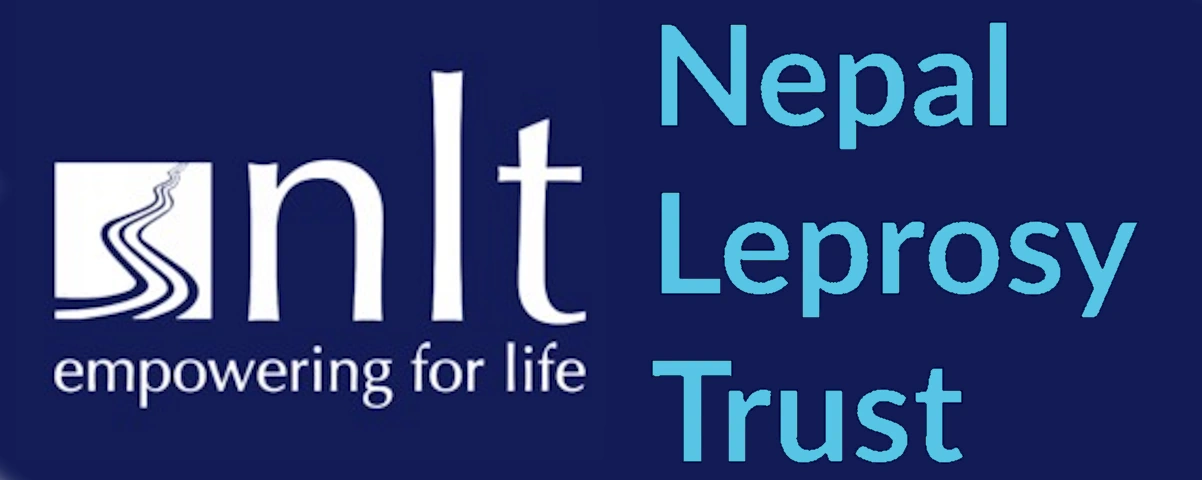Leprosy - The Disease
Hansen's disease
Hansen’s disease, commonly called “leprosy”, is a chronic disease caused by a bacterium, mycobacterium leprae. It is not highly infectious, but can cause severe and permanent damage to the skin, nerves, limbs and eyes if untreated.
Treatment is simple, effective and free in all countries. Leprosy can now be cured easily and cheaply through multi-drug therapy (MDT). Eradication of the disease worldwide is a realistic goal. However, those affected by the disease need not only a medical cure, but help in rebuilding their shattered lives.


Preventing permanent disability
Over 2 million people worldwide have visible disabilities caused by leprosy and and thousands of people affected by leprosy will develop irreversible disability every year. Although the global number of new cases detected annually is decreasing, there were still over 202,000 new cases found in 2019.
Many of these people will already be severely disabled because their treatment came too late. It is therefore very important to find, diagnose and treat new cases as early as possible.
'Curing' leprosy depends on your perspective
A leprosy affected person in Pune, India, once described leprosy as “my living death”. From a medical perspective the patient was cured – he had taken regular doses of a recognised multi-drug therapy and his body had been cleared of leprosy bacilli.
However, because of recurrent foot ulcers and nerve pain, the society in which he lives does not consider him cured. His family will not accept him and he suffers continued physical and psychological distress as a consequence.
His personal perspective of “my living death” is appropriate. To be dislocated from one’s family or community in a Hindu society, such as Nepal, is to be denied any meaningful role in life.
Consequences of leprosy
One of the sad consequences of leprosy is that people are often left with nerve damage that deprives them of the ability to feel. Sometimes, the associated loss of muscle function can lead to paralysis.
Without the benefit of pain it is surprisingly difficult to function throughout the daily routines of life. The body is no longer protected from damage that would ordinarily be avoided as a result of sensory alarms to the brain.


This damage can lead to infection, deformity and ulceration; and these lead to ostracism – which leads to further social and psychological damage. The resulting poverty increases the probability of more physical damage and so the vicious circle of physical and social disaster accelerates.
If this vicious circle – impairment, disability and handicap with poverty and marginalisation – is to be interrupted, then individuals, families and communities must be enabled to develop strategies to overcome such effects.
Our perspective on leprosy
One of the principal aims of NLT is to work with other NGOs to implement governmental strategies to control and eliminate leprosy as a public health problem in Nepal. However, NLT is also strongly committed to seeking and implementing methods to overcome the dehumanising effects of leprosy for those affected by it, because we recognise the inherent value of the individual.
We have adopted the patients’ perspective of what it means to be cured and we are resolved to continue to work with them until such time as they are allowed the simple dignity of acceptance and participation in society.
Whilst medical support is central to our work in Nepal, the general philosophy is that leprosy, having both medical and social consequences, demands a holistic strategy.

Elimination and eradication of leprosy
In October 2009 the overall prevalence of leprosy in Nepal finally fell below 1 in 10,000 of the population, meaning the disease had been 'eliminated'. Nepal is therefore considered a country where leprosy is no longer a “public health problem”, although there are still large areas in the south of Nepal where prevalence is much higher. This is the area in which NLT is working.
It is important to remember that ‘elimination’ does not equal ‘eradication’.
As new cases decline further, the challenge will be to sustain political commitment and ensure adequate resources to maintain the gains achieved and the quality of services. We need to continue enhancing the knowledge and skills of general health service staff, and ensure that people with deformity receive proper treatment and care.

Empowering for life
Help us make a difference

